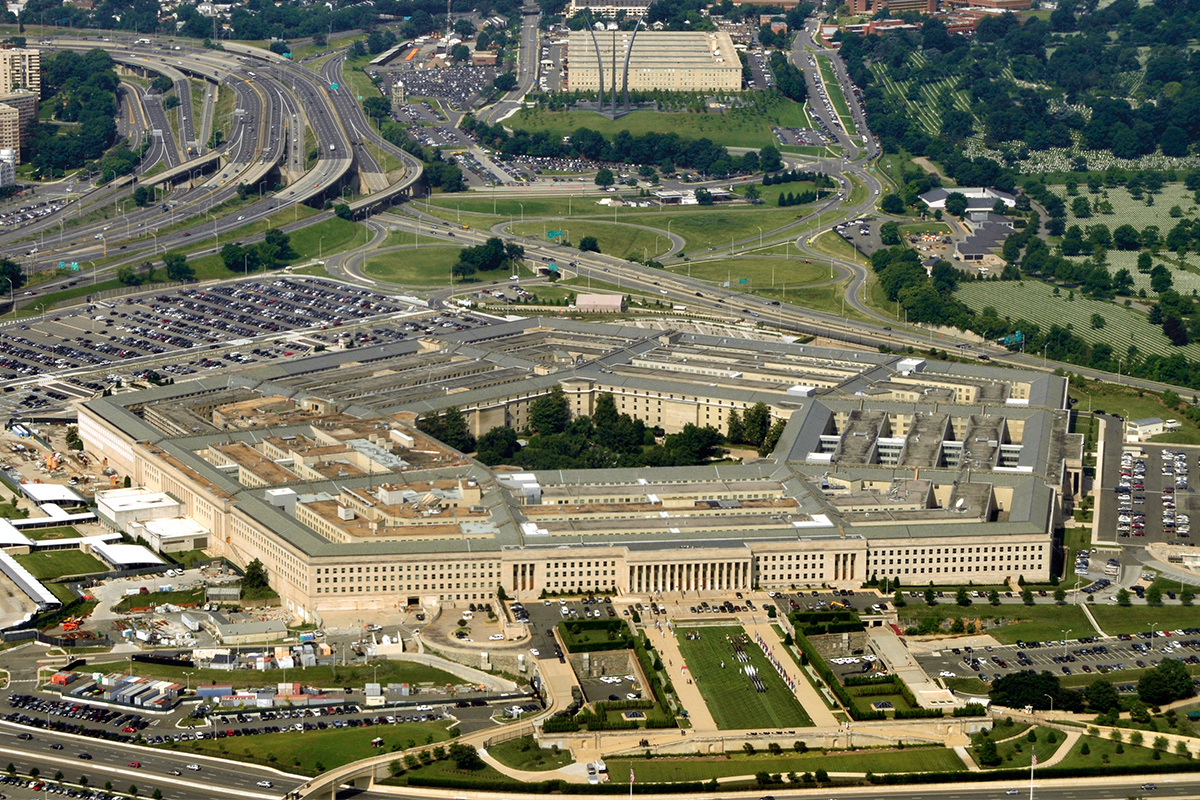Space Development Agency Promises to Do More with Less

This article was first published in the SN Military.Space newsletter. If you would like to get our news and insights for national security space professionals every Tuesday, sign up here for your free subscription.
The Space Development Agency officially came into existence last week and already is causing a stir. Air Force Secretary Heather Wilson and some lawmakers have challenged DoD leaders to explain why a new agency is needed when there are other organizations in DoD already developing next-generation space technologies. SDA proponents brush off the criticism as "legacy thinking" and insist that this a necessary move to ensure DoD stays ahead of the technological curve.
Cost Savings
By law, DoD has to offset the cost of a new agency with savings elsewhere. The SDA will more than make up for its cost, according to a "quantification of savings" memo submitted by the agency director Fred Kennedy. The SDA will operate with far less bureaucracy than the typical DoD agency and will buy technology from commercial vendors. That will "decrease requirements for infrastructure and associated manpower, reduce administrative processing time, and speed the deployment of new systems," the memo says. DoD is requesting $149 million in fiscal year 2020 to get the SDA started.
Further savings will come from the consolidation of space acquisitions from across DoD so one architecture can address multiple requirements, the memo says. SDA will use "common command and control hardware and software, interoperable user terminals, consolidated protocols and standards."
'Transport Layer' in Leo
The SDA will develop a proliferated sensor data and communications transport layer in Low Earth orbit. It will consist of a large number of mass-produced small satellites, each with multiple inter-satellite cross-links and redundant space-to-ground links, networked to provide global, persistent, low-latency data transfer. The transport layer would be used to develop military space capabilities such as an alternate positioning, navigation and timing system; low-latency targeting; and detection and tracking of ballistic and advanced missile threats.
Having a common transport layer for military communications would reduce the manpower needs at the Military Satellite Communications (MILSATCOM) Directorate of the Air Force Space and Missile Systems Center. That directorate employs about 650 personnel. Kennedy's memo estimates about 20 civilian and 30 military billets would no longer be necessary.
Similarly, as many as 15 civilian and 30 military positions would no longer be needed at SMC's Remote Sensing Directorate — responsible for the development and fielding of the Space Based Infrared Systems (SBIRS) spacecraft and ground segment. That directorate employs 370 personnel. And as many as 20 civilian and 15 military positions could be reduced at the Missile Defense Agency, which employs 2,900 government personnel.
Breaking space news, the latest updates on rocket launches, skywatching events and more!
SDA Staff Requirements
These manpower reductions amount to 55 civilian and 75 military positions at Air Force space program offices and MDA. This exceeds the projected SDA government staff requirement of 112 personnel (67 civilian, 45 military) and results in a net reduction of 18 personnel to DoD. The SDA overall staff requirement is 225 — 112 government and military, and 113 support contractors.
This story was provided by SpaceNews, dedicated to covering all aspects of the space industry.

Sandra Erwin covers the military and national security beat as a Senior Staff Writer at SpaceNews. Sandra, based in Arlington, Virginia, specializes in Defense Department and Intelligence Community space programs, policy, budgets, technology and the industry that supports this sector. She joined SpaceNews in October 2017. Before coming to SpaceNews, Erwin covered the U.S. military, the Pentagon, Congress and the defense industry for over two decades as editor of the National Defense Industrial Association's National Defense Magazine and Pentagon correspondent for Real Clear Defense.

